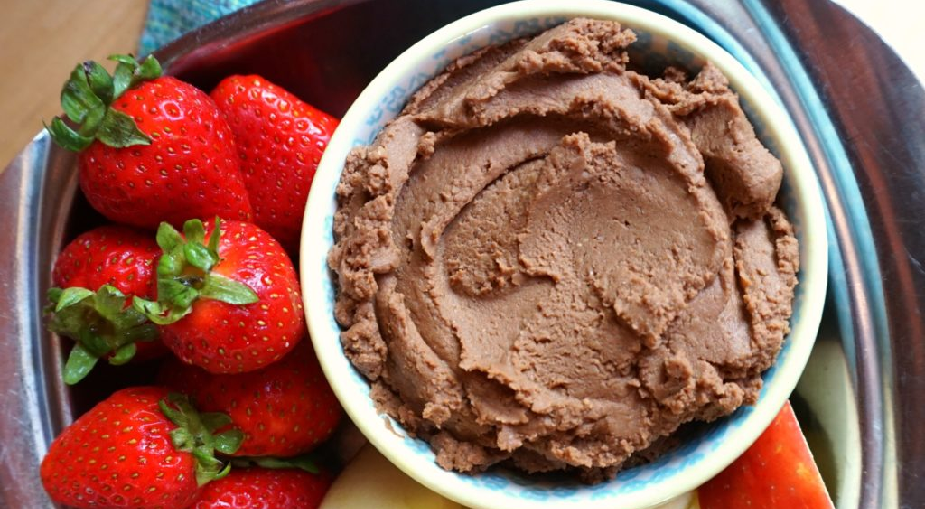Article Body
Fun Facts: February 2025
Wellness Wisdom: Activities for Building Happy, Healthy Families
Stay Active and Eat Smart for a Healthy Heart
February is American Heart Month and Celebration of Chocolate Month
Heart disease includes different conditions that affect the heart. The most common type in the US is coronary artery disease (CAD). CAD happens when plaque builds up in the arteries, making it harder for blood to flow. This can lead to heart attacks.
The good news is that you can lower your risk of heart disease by staying active and eating healthy! A balanced lifestyle can help keep your blood pressure, cholesterol, and blood sugar levels in check. Follow these simple tips for a strong and healthy heart!
- Choose a variety of fruits and vegetables, whole grains, beans, nuts, seeds, fish, skinless poultry, lean meats, and plant-based proteins.
- Limit sugary drinks, salty foods, saturated fats, fatty or processed meats, and refined carbohydrates like white bread and pastries.
- Avoid trans fats and partially hydrogenated oils found in some fried and packaged foods.
Regular physical activity helps manage weight, blood pressure, cholesterol, and blood sugar levels. Try to follow the Physical Activity Guidelines for Americans:
- Adults: Aim for at least 150 minutes of moderate activity (like brisk walking) or 75 minutes of vigorous activity (like running) each week.
- Children: Get at least 60 minutes of activity every day.
- Find fun ways to move, like dancing, playing outside, or going for family walks!
By making small changes, you can build heart-healthy habits for you and your family. Take care of your heart—it works hard for you every day!
Sources:
- https://www.cdc.gov/heart-disease/about/?CDC_AAref_Val=https://www.cdc.gov/heartdisease/about.htm
- https://www.heart.org/en/healthy-living/healthy-eating/eat-smart/nutrition-basics/how-to-eat-healthy-without-dieting
- https://www.heart.org/en/healthy-living/fitness/fitness-basics/aha-recs-for-physical-activity-in-adults
Breastfed From the Start: Helpful Tips for Mastering Breastfeeding
Feeding Cues for Infants
Frequent breastfeeding helps to maintain and increase a mother’s milk supply. Breastfed babies should be fed when they show signs of hunger. Crying is not a cue, but rather a distress signal. Watching and responding early for cues can help prevent crying.
Your newborn baby should go no longer than 2 to 3 hours during the day or 4 hours at night without breastfeeding. As your baby grows older, the amount of time between feedings will increase. Each baby establishes its own feeding pattern; therefore, a baby’s daily breastfeeding may change while the baby grows. Just like a mother should learn her baby’s cues for feeding on demand, she should also learn her baby’s cues for fullness.
-
Hunger Cues Fullness Cues 0-3 Months 0-3 Months - Opens and closes mouth
- Brings hands to face
- Flexes arms and legs
- Roots around on chest of whoever is carrying the infant
- Makes sucking noises and motions
- Sucks on lips, hands, fingers, toes, toys, or clothing
- Slows or decreases sucking
- Extends arms and legs
- Extends/relaxes fingers
- Pushes/arches away
- Falls asleep
- Turns head away from nipple
- Decreases rate of sucking or stops sucking when full
4-7 Months 4-7 Months - Smiles, gazes at parents or caregiver, or coos during feeding to indicate wanting more
- Moves head toward spoon or tries to swipe food toward mouth
- Releases the nipple
- Seals lips together
- May be distracted or pays attention to surroundings more
- Turns head away from the food
8-12 Months 8-12 Months - Reaches for spoon or food
- Points to food
- Gets excited when food is presented
- Expresses desire for specific food with words or sounds
- Eating slows down
- Clenches mouth shut
- Pushes food away
- Shakes head to say “no more”
Source: https://wicworks.fns.usda.gov/sites/default/files/media/document/infant-feeding-guide.pdf
Delicious & Nutritious Recipes: Simple, Kid Approved Dishes to Try at Home
 Fruit with Chocolate Hummus
Fruit with Chocolate Hummus
Ingredients:
- 15 ounces canned chickpeas (garbanzo beans)
- 2 apples
- 3 cups strawberries
- 3 tablespoons cocoa powder
- 2 tablespoons peanut butter
- 1/4 cup pure maple syrup
- 1 teaspoon vanilla extract
Directions:
- Wash prep area, your hands, and fresh fruit.
- Drain and rinse beans. Slice apples and hull strawberries.
- Add chickpeas, cocoa powder, peanut butter, maple syrup, and vanilla extract to a blender or food processor, and puree until smooth.
- Serve with apples and strawberries. You can substitute other favorite fruits too!
Source: https://www.wichealth.org/Member/HealthEKitchen/Recipe?resourceId=4386